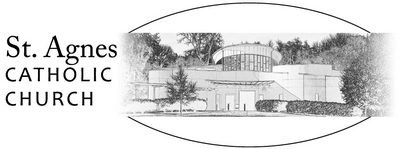Catholic Corner
January 3, 2021
The roots of Epiphany are found in the Eastern tradition. It is seen as early as the 2nd century in Egypt. By the 4th century even as the East was adopting the Western Feast of Christmas on December 25th, the West was adopting the Eastern Feast of Epiphany on January 6th. Epiphany means manifestation and among the various manifestations of Jesus that were celebrated in this feast in the West were the Incarnation, the coming of the Magi to attend the newborn Jesus, the Baptism of the Lord and the manifestation of Christ to the gentiles to name a few, while in the East the focus has been primarily on the Baptism of Jesus. In the West by the 6th Century the focus on the Magi led to their identification as three kings and by the 9th century to their being named in popular culture. The Baptism of the Lord was later split out of the feast as a separate celebration (not an official part of the Roman calendar until 1960).
The story of the birth of Christ is found in only two of the four Gospels, in the introductions of the Gospels of Luke and Matthew. In our celebration of the Christmas Season we tend to conflate these two accounts but if we go back and read them again we find that the two accounts are quite different. It is in Luke that we find the angel Gabriel, Elizabeth and Zechariah, the census of Caesar Augustus and the visit of the Shepherds and the presentation at the Temple. It is in Matthew that we find King Herod and the Magi who followed a star and brought the infant Jesus gifts of gold, frankincense, and myrrh. It is in Matthew that there is the flight to Egypt.
The Gospels are rich with detail and differences, a discussion of which exceeds this column. Hence this invitation: this New Year set time aside to learn more about scripture. Take a scripture course (we will be offering at least one), join a scripture sharing group (virtual of course), subscribe to (download the app if that’s best for you) a daily scripture resource like Give Us This Day. Scripture is the Living Word of God and one of the two pillars upon which the Church rests. Together we are called to pray it, to read it and to live it.
